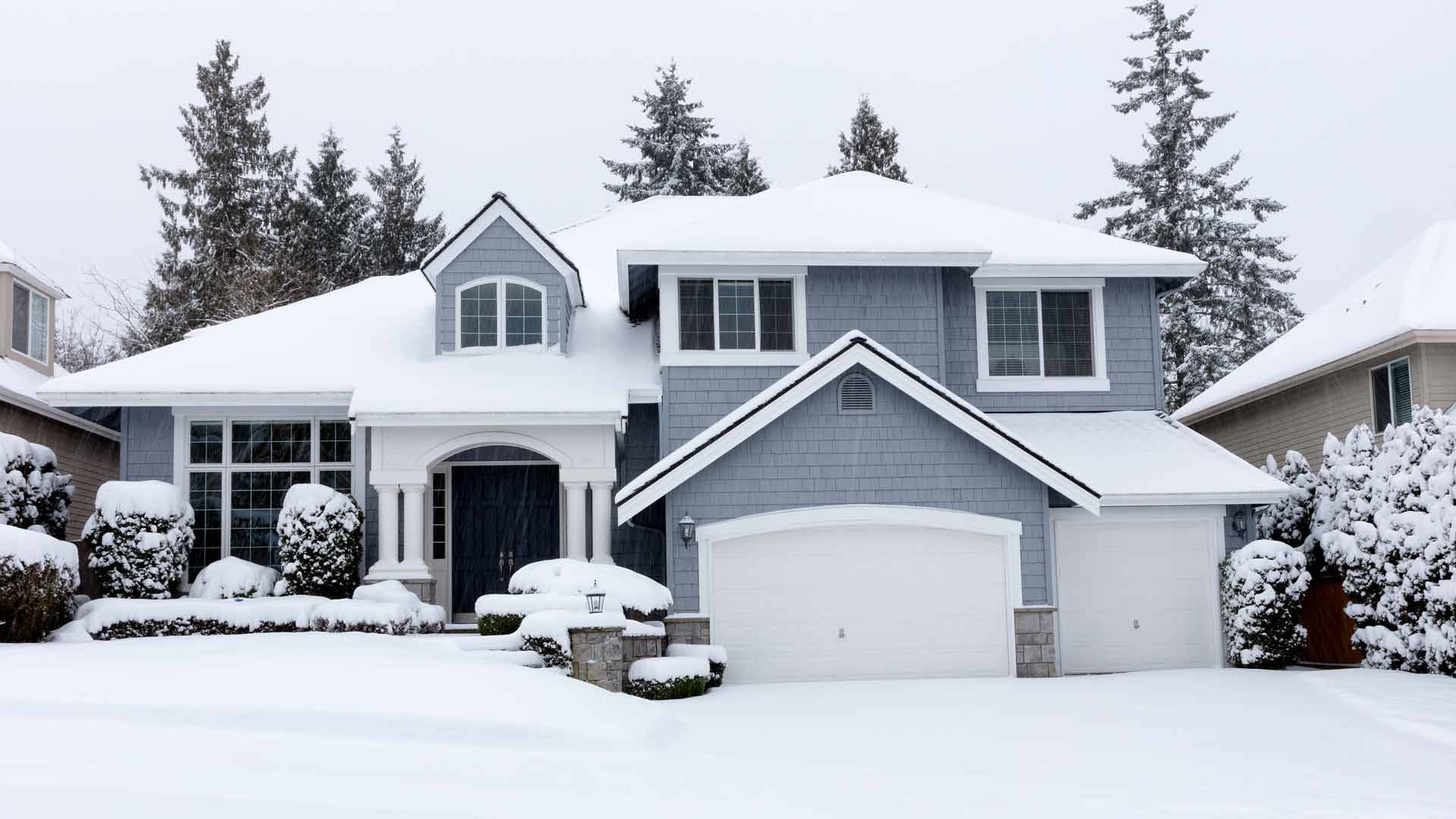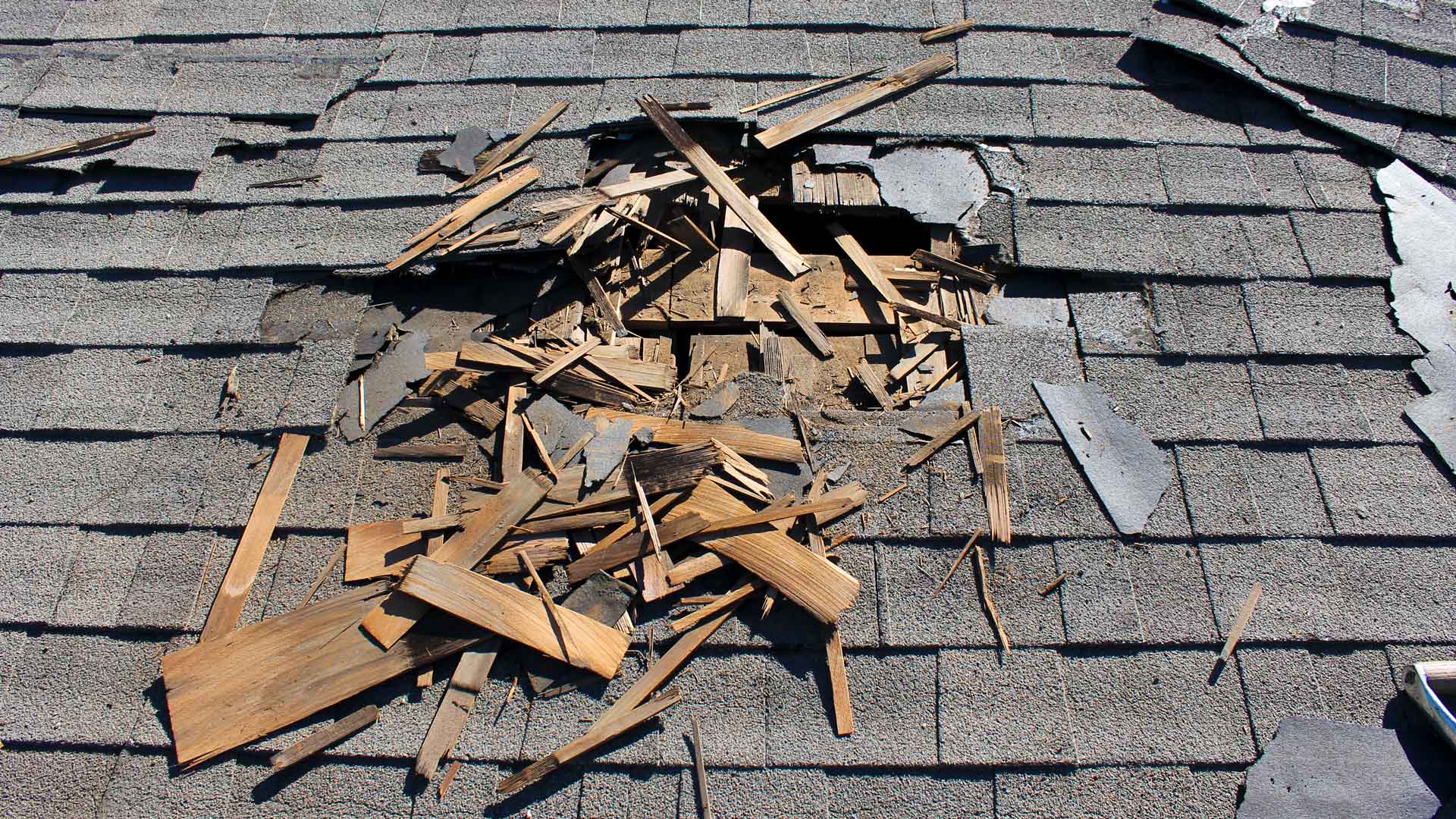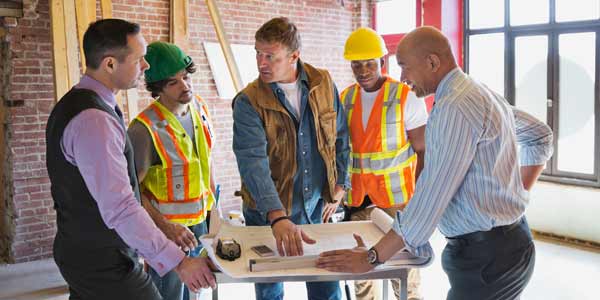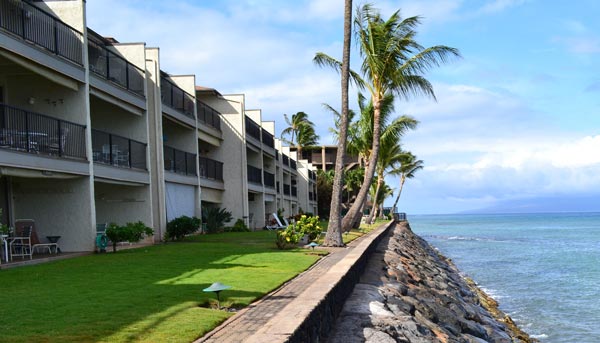As we move into winter, it is important to take the time to winterize your home to avoid damages. Your home’s pipes are especially susceptible to problems if they freeze over and aren’t properly cared for. If the water inside freezes, it will expand and eventually cause the pipe to burst, which can cause sudden water damage. This kind of flooding can leave much of your property ruined, not to mention can leave your home susceptible to even more hazardous situations like mold and rot. By getting ahead of the problem and knowing how to respond, you can minimize damage to your home.
Winterize Your Plumbing
The best place to start is to first identify where all of your plumbing leads throughout your house and where your main shut-off valve is for the water. Next, drain any outdoor water lines to swimming pools, sprinkler systems, and drain hoses. For any pipes that are in uninsulated or unheated exterior walls, you will want to make sure they are insulated with pipe insulation. The most common spaces are basements, crawl spaces, and garages, so make sure you check these areas and purchase rubber, fiberglass, or foam pipe insulation to keep the pipes from freezing.
If you know a cold front is coming in, an old yet effective trick is to keep a little bit of water running in the coldest parts of your home. The flow of water can keep the pipes from freezing, so keeping the faucet on can help avoid this problem during those colder days and nights. It can also help to keep windows closed, address any gaps in doors and windows, and even keep the sink cabinet open to allow for warm air flow.
Thawing Frozen Pipes
In the event you do get a pipe that starts to freeze, you will want to address it immediately to avoid the possibility of it expanding and bursting. The first sign of a frozen pipe is the spigot producing a little trickle of water. If you encounter this, do not turn the faucet off, but rather keep the faucet running. From there, you can start to apply heat to the frozen pipes themselves if they are accessible. You can use portable space heaters positioned a safe distance away, hair dryers, electric heating pads, or even blankets soaked in hot water.
If you cannot get to the pipes because they are in a wall or enclosed space, it is time to call in the professionals to take a look. Even if you can get to the pipe, this can be a great option to ensure you don’t risk more damage if other pipes are potentially experiencing the same issue. If temperatures are low enough to cause one pipe to begin freezing, chances are that others could be soon to follow suit. Having a plumber come out to investigate can save you a lot of damage and headache, not to mention money in the long run by finding the problem before it can start.
Signs You Have a Burst Pipe in Your Home
If you see large puddles of water or the basement is completely flooded, it is pretty obvious that something has gone wrong somewhere. However, not all burst pipes are as easy to spot, especially if it happened in the walls. You want to keep an eye out for any signs that this has occurred to avoid a long-term exposure to flooding, which can sometimes be tricky to get coverage for on your policy if it goes on too long.
Keep an eye out for water pressure problems, specifically low water pressure. A high water bill is another indicator, so tracking the average cost month to money can really help catch anything abnormally expensive. Listening for drips or other water sounds as well as metal clanging can also help you catch a burst pipe.
Steps to Take If a Pipe Bursts
If despite your best efforts you still end up with a burst pipe, you can still take action to minimize the overall damage and inconvenience.
- Shut off the water to stop the flow of water into your home and prevent further damage.
- Keep all faucets open to drain any excess water and relieve any remaining pressure, and flush all toilets.
- Call a plumber to have the pipe repaired as soon as possible. Do not attempt to fix it yourself unless you have been trained to do so.
- Get rid of as much of the standing water as possible. Dehumidifiers, fans, and wet/dry vacuums can be good options for minimal water, but with lots of water you will want to call in a water mitigation company to dry out the home.
- Begin documenting the damage and any property that has been ruined by the water exposure. You will also want to notate the time that you noticed the problem since the timeline is very critical in water damage cases.
- Call your insurance agent to start your home insurance claim.
- Review Your Home Insurance and Understand Your Coverage
Every home insurance policy is different, but many of them share the same exclusions and coverages. Prolonged exposures like mold are often not covered, but sudden water damage from a burst pipe often is. These distinctions are important to understand on your policy so you can act fast and know what your insurance can do for you in the event of a flooding incident. Contact your Personal Lines Insurance Agent to review your home insurance coverage and see how your policy can cover you against flooding and other damage.









